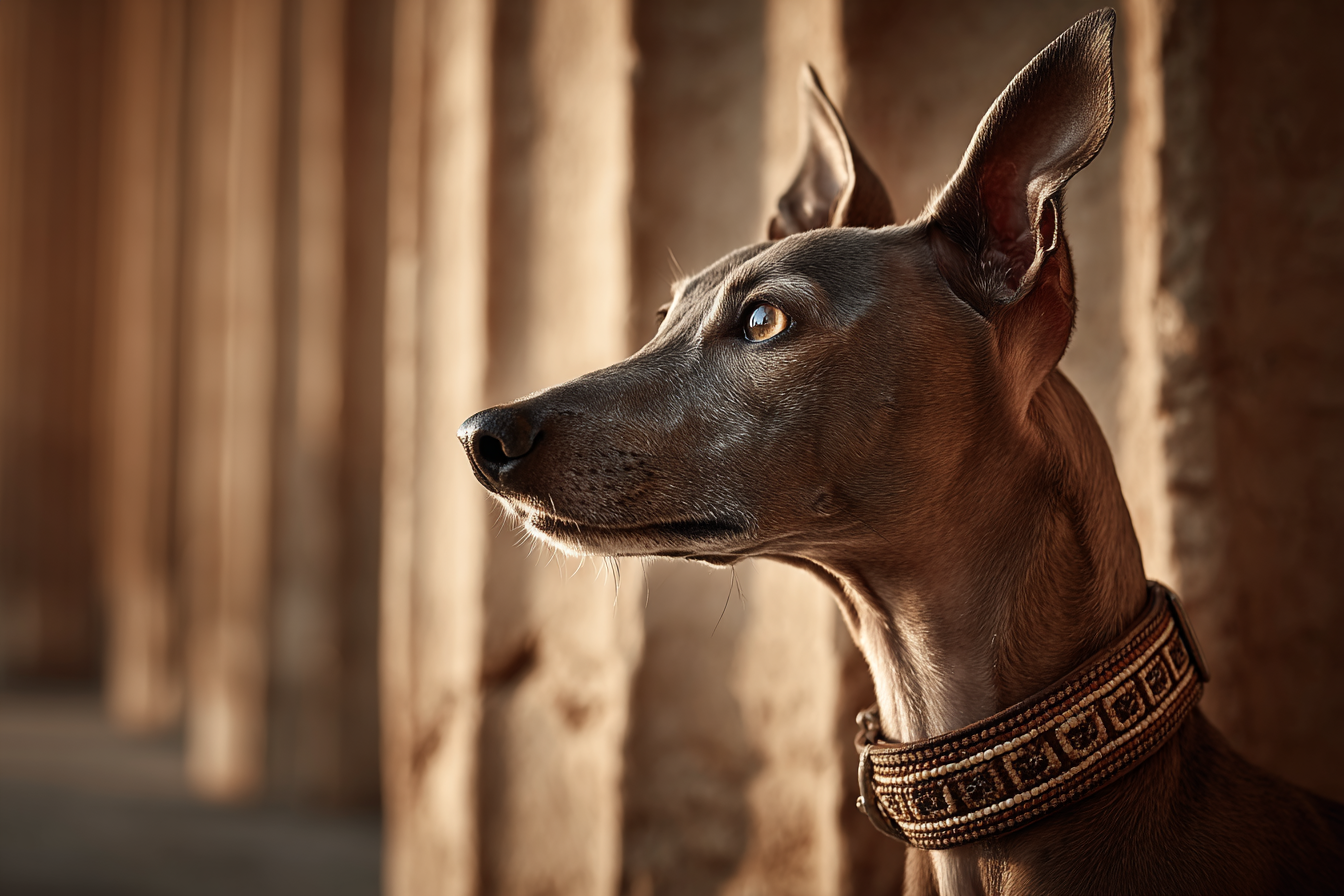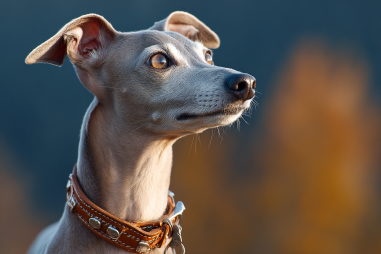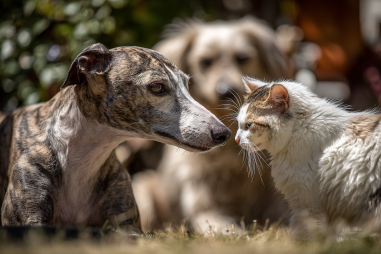The Italian Greyhound is a breed that exudes elegance, grace, and a storied past filled with historical significance. Known for its slender frame, swift movements, and affectionate nature, this breed captivates dog lovers and historians alike. But the Italian Greyhound is more than just a charming companion—its lineage stretches back thousands of years, intertwining with the cultures and aristocracies of ancient civilizations. Let’s embark on a journey to explore the fascinating history and origin of the Italian Greyhound, uncovering how this small yet noble dog became beloved worldwide.
Tracing the Breed’s Ancient Roots
The Italian Greyhound’s history begins far earlier than many realize. Archaeological findings suggest that dogs resembling the modern Italian Greyhound were present as early as 4,000 years ago in various ancient cultures. Excavations of burial sites in Egypt have unearthed small, slender hounds with striking similarities to the Italian Greyhound, depicted in wall paintings and sculptures. These early dogs were prized for their speed and agility, traits that were essential for hunting small game.
Additionally, ancient Greece and Rome played critical roles in shaping the breed. Romans were especially fond of small, fleet-footed dogs and often kept them as companions in their villas. The breed’s delicate frame and swift capabilities made it a favorite among the Roman elite. Known as “Canis Pulchellus” (meaning “beautiful dog”), these dogs were not only hunters but also symbols of sophistication and leisure.
Role in Aristocratic and Royal Households
Throughout history, the Italian Greyhound was closely associated with nobility and royal families. In medieval and Renaissance Europe, this petite hound was often found in the courts of kings, queens, and noble families across Italy and beyond. The breed’s elegance perfectly complemented the refined lifestyles of its owners.
During the Renaissance, the Italian Greyhound became an emblem of status and luxury. Paintings from this era frequently depict noblewomen holding or accompanied by Italian Greyhounds, underscoring the dog’s role as a cherished companion. The breed’s gentle disposition and loyalty made it ideal not only for hunting rabbits and small wildlife but also for providing heartfelt companionship within royal chambers.
Notable historical figures, including Queen Victoria of England and Empress Josephine of France, expressed affection for Italian Greyhounds, further elevating the breed’s prestige across Europe.
Evolution Over Time
While the Italian Greyhound’s core characteristics have remained consistent, the breed has undergone several changes influenced by selective breeding across different regions. In ancient times, these dogs were primarily hunting companions, bred for speed and agility.
Over centuries, as the breed’s role shifted more towards companionship rather than hunting, breeders focused on refining its delicate and graceful appearance. This shift led to the development of a smaller, more refined frame while maintaining the breed’s athleticism.
In the 19th and early 20th centuries, Italian Greyhounds gained popularity in England and the United States, with breeding programs emphasizing the dog’s elegant silhouette and gentle temperament. Efforts to preserve the breed’s lineage and characteristics led to the creation of breed standards that remain largely intact today.
Cultural Significance in Italy and Beyond
The Italian Greyhound holds a special place in Italian culture. Known locally as the “Levriero Italiano,” this breed is often celebrated as a national treasure. Its graceful form and charming personality have been immortalized in art, literature, and folklore throughout Italy’s history.
Beyond Italy, the Italian Greyhound’s appeal extends worldwide. Its association with nobility and refinement has captivated dog enthusiasts, making it a popular breed for show and companionship in many countries. The breed’s ability to adapt to urban living and its relatively low grooming needs have made it a perfect fit for modern life without losing its historical charm.
Additionally, the Italian Greyhound often symbolizes elegance, speed, and friendship in cultural references, and it continues to inspire dog lovers with its unique combination of athletic prowess and affectionate nature.
Breed Development in Modern Times
In more recent decades, dedicated breed clubs and enthusiasts have worked tirelessly to maintain the Italian Greyhound’s health, temperament, and distinctive appearance. Selective breeding practices have focused on minimizing health issues common to slender breeds, such as fragile bones and dental concerns.
Modern breeders emphasize not only physical standards but also the importance of a well-balanced, social temperament. The Italian Greyhound today is admired for being both an elegant show dog and a loving family companion.
Today’s Italian Greyhounds continue to shine in dog shows around the globe, demonstrating their agility in sports like lure coursing, obedience, and agility competitions. These activities highlight the breed’s hunting ancestry while providing stimulating exercise and bonding opportunities for owners.
Appreciating Heritage Alongside Companionship
The Italian Greyhound’s journey from ancient Egypt and Rome, through royal courts, to modern pet homes is a testament to the enduring bond between humans and dogs. This breed embodies a rich heritage that combines grace, speed, and loyalty, making it a captivating subject of history and an extraordinary companion today.
By understanding the Italian Greyhound’s origins and evolution, owners and enthusiasts can truly appreciate the breed’s unique characteristics and cultural significance. Whether admired for its striking appearance, celebrated history, or gentle demeanor, the Italian Greyhound remains a living link to the past—a reminder that great companionship often carries a story worth cherishing.







